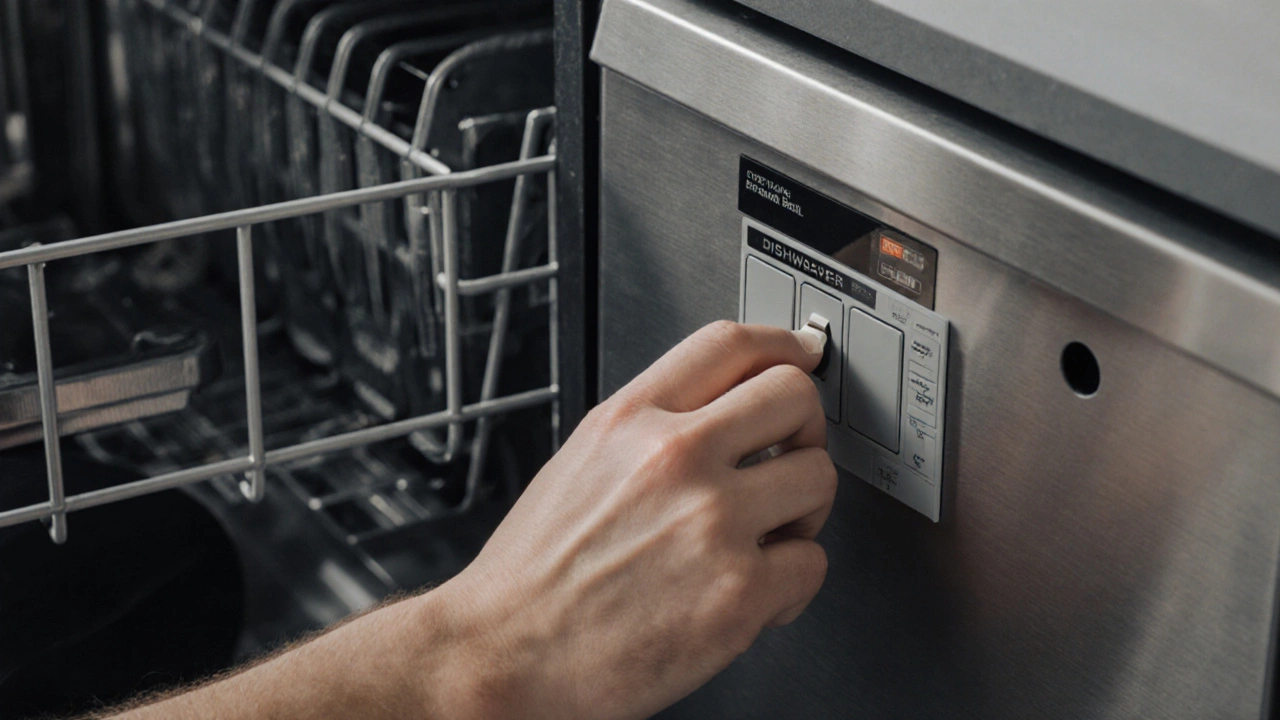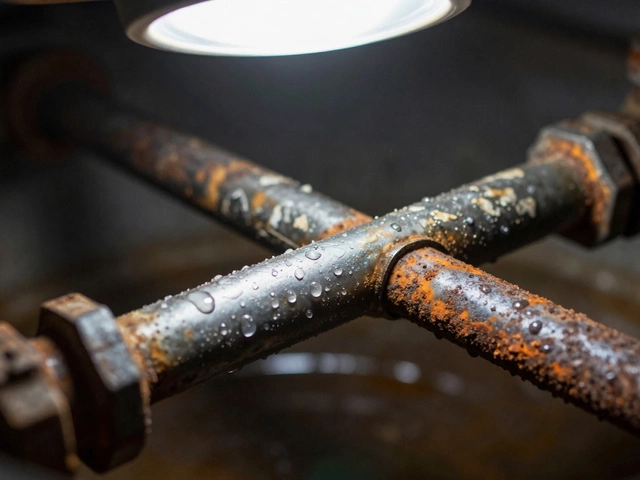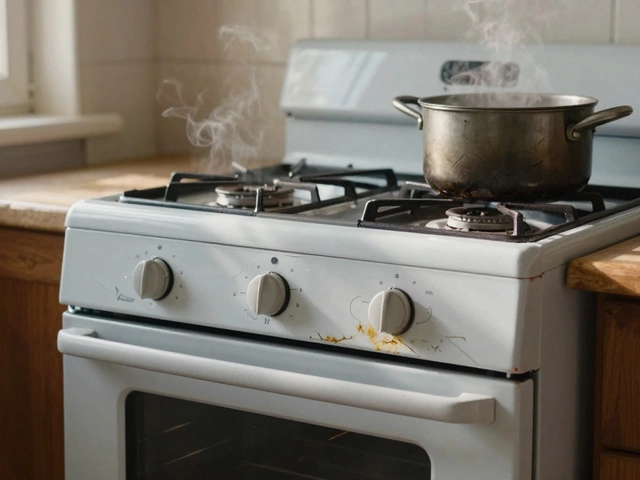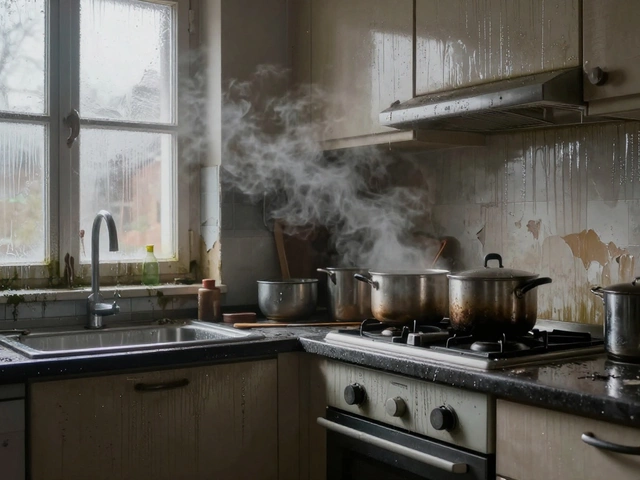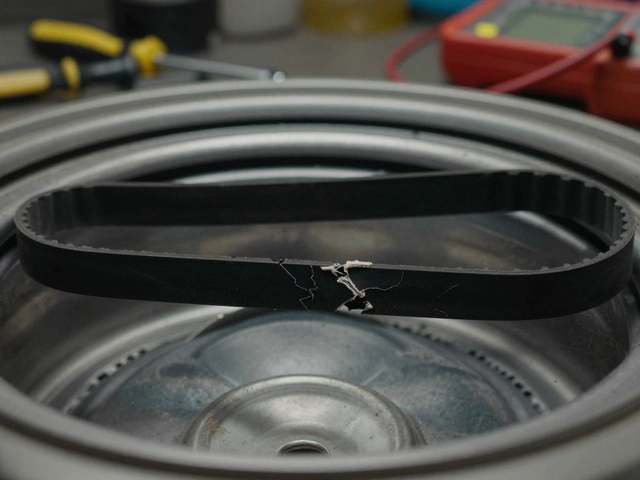Dishwasher Troubleshooting – Simple Fixes You Can Do Today
If your dishwasher is acting up, you don’t need to guess or call someone right away. Most issues are caused by something you can check in a few minutes. Below are the four most common problems and the steps to get your machine back to working right.
Top 4 Dishwasher Problems and How to Fix Them
1. Dishes Come Out Still Dirty
First, pull out the bottom rack and look at the spray arms. Food bits can block the holes, so give them a quick rinse with a toothpick or a soft brush. Next, check the filter at the base – it catches food pieces and can get clogged. Remove it, wash it in warm soapy water, and snap it back in. Finally, load dishes the right way: plates should face the center, tall items shouldn’t block the spray, and you shouldn’t overload the basket. Run a short wash cycle after cleaning the arms and filter to see if the problem is gone.
2. Dishwasher Won’t Drain
The first thing to do is look at the drain hose. Make sure it isn’t kinked or crushed behind the cabinet. If the hose looks fine, check the pump filter (usually right where the bottom rack sits). Food debris can jam the pump, stopping water from flowing out. Clean the filter and any visible debris, then run a rinse cycle. If water still pools, the pump itself may be faulty and will need a professional’s eye.
3. Loud Noises or Shaking
Noise often comes from something that’s loose. Verify that the dishwasher is level – use a bubble level on the front edge and adjust the feet until it sits flat. A wobbly machine can bang against the cabinet during the wash. Also, inspect the spray arm bolts; if they’re loose, tighten them gently. If you hear a grinding sound, the pump or motor bearings could be wearing out, which usually means a tech should look at it.
4. Leaking Water
Leaks usually start at the door gasket. Open the door and run a finger along the rubber seal; if you see cracks or hard spots, replace the gasket. Check the bottom of the tub for a cracked hose or a loose connection to the water inlet. Tighten any loose clamps, but don’t over‑tighten – you could strip the threads. Run a short cycle and watch the bottom; if water still drips, the issue might be deeper inside the unit.
When to Call a Pro
Most of the above steps are easy and safe to do yourself. However, if you’ve cleared the filter, checked the hose, and the problem persists, it’s time to call a professional. Signs you need a tech include a burning smell, continuous error codes on the display, or a pump that never runs. A qualified repair person can test electrical components, replace a busted pump, or fix hidden leaks without risking further damage.
Keeping up with regular maintenance – wiping the gasket, cleaning the filter every month, and running a hot‑water rinse cycle once a month – can stop many of these problems before they start. With a little know‑how, you’ll spend less time waiting for a repair and more time enjoying clean dishes.
16 November 2025
·
0 Comments
Learn how to diagnose common dishwasher problems like leaks, poor cleaning, and no power. Step-by-step fixes for filters, spray arms, drains, and error codes-save money by troubleshooting yourself.
Read more
28 June 2025
·
0 Comments
Wondering if your dishwasher is a pain to fix? Discover how simple repairs can be, common issues, and pro-level tips to keep your appliance running smoothly.
Read more

